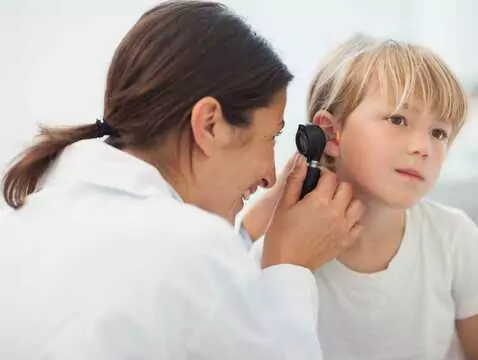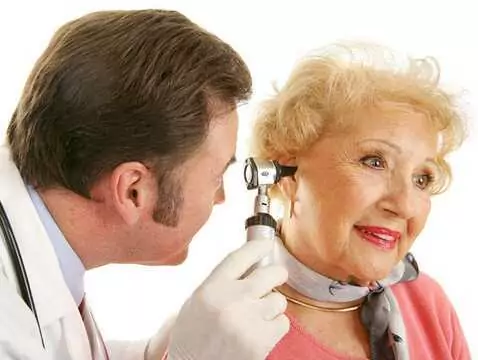Acute otitis media is a condition where the inflammatory process involves the mucous membrane lining the middle ear structures. In adults, it occurs primarily in the course of upper respiratory tract infections. In children, on the other hand, it is the second most common disease after upper respiratory tract infections.
Ad:









